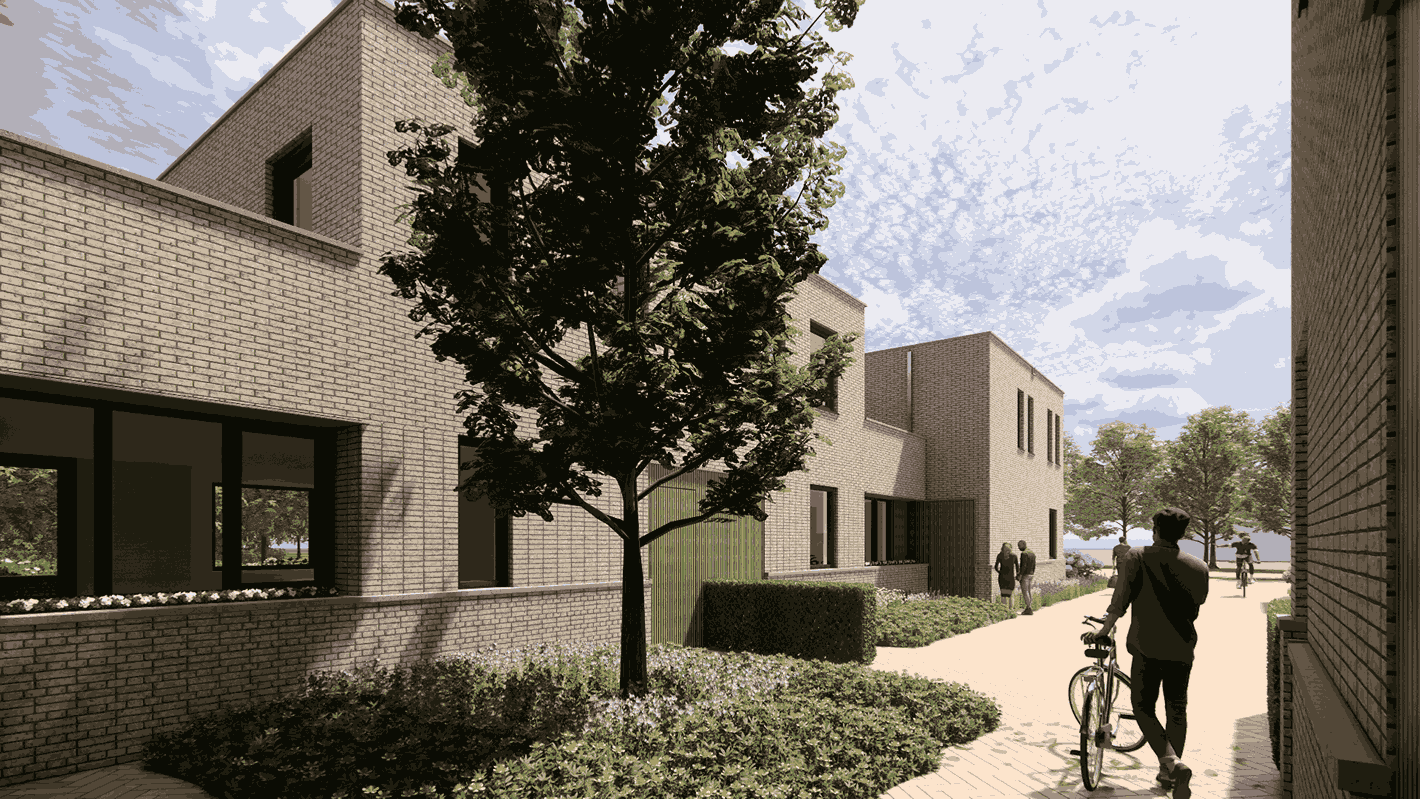Setting the standard for detailing multi-layered wooden housing
Research project into timber construction details
Client: Built by Nature
The limited knowledge about timber construction in the construction sector, combined with gaps in laws and regulations, is a major obstacle to scaling up large-scale timber construction in the Netherlands. Despite discussions and groundbreaking initiatives, actual progress remains limited. This research focuses specifically on constructive detailing to close a crucial knowledge gap in timber construction.
Designing a wooden building that meets all requirements in terms of acoustic performance, fire safety and structural stability is complex. In addition, alternative solutions should be considered for installations, for example. The lack of proven reference details makes the challenge even greater. This research aims to make an in-depth analysis of recently completed multi-storey wooden residential buildings in the Netherlands at a scale of 1:5. This uses both theoretical data (drawings) and practical data (technical measurements and interviews).
The research results will be incorporated into reference details at the LOD500 level and provide recommendations for the entire process, from design to realization. Ultimately, the research will result in a freely accessible handbook, intended to inspire architects, builders and developers and serve as a standard for insurers and governments.
Research phases
Phase 1 — Case Study: Overview of 20 multi-storey wooden residential buildings and their principles and details
In this phase, 20 recently built wooden residential buildings are analyzed.
We collect construction plans, detailed drawings and performance data on various themes, such as:
- Design process
- Construction
- Fire safety
- Acoustics
- Installations
- CO₂ storage
- Biobased isolation and materialization
- Demonstructibility and construction methods
If existing test results are insufficient, additional measurements will be carried out, for example in the area of internal sound transmission. By conducting interviews with involved advisors, solutions are explored from different perspectives. We strive for an honest evaluation of lessons learned and a professional debate on topics such as acoustics, fire safety and demountability. In addition, residents are interviewed to gain insight into their experiences and the comfort of living in wooden buildings. By combining this qualitative data with the technical measurement results, a broad-based analysis is created.
Phase 2 — Guidelines and 30 reference details for timber construction design
Based on the analysis from phase 1, in collaboration with leading experts, a conclusion will be drawn up in which solutions are developed by theme. The buildings are divided into three categories:
- Buildings with solid wood walls and floors (2D)
- Buildings with a wooden column-beam construction in combination with wooden floors (2D)
- 3D modules
The findings are translated into design guidelines and 30 detailed construction solutions at LoD 500 level.
Phase 3 - Conversion to a manual
The results from phase 2 are bundled into a comprehensive handbook with:
- Introduction
- Case Studies
- Design principles
- Approved details, including fire safety, sound and insulation variants (LoD 500)
Phase 4 - Knowledge and capacity building
The research results are incorporated into a bilingual handbook (Dutch and English) on timber construction, which is made available free of charge in both print and digital format. In order to disseminate knowledge widely, both in the Netherlands and Europe, additional resources are being used, such as:
- Articles in professional journals
- Presentations in workshops at timber construction conferences, schools and universities
- An explanatory video
With these efforts, we want to share valuable insights and stimulate knowledge exchange within the sector, both nationally and internationally.

_11zon.jpg)






.jpg)







%20-%20uc%20architects.jpg)





































.png)




















